Chris Barber, one of the greatest figures in the history of British jazz – obituary
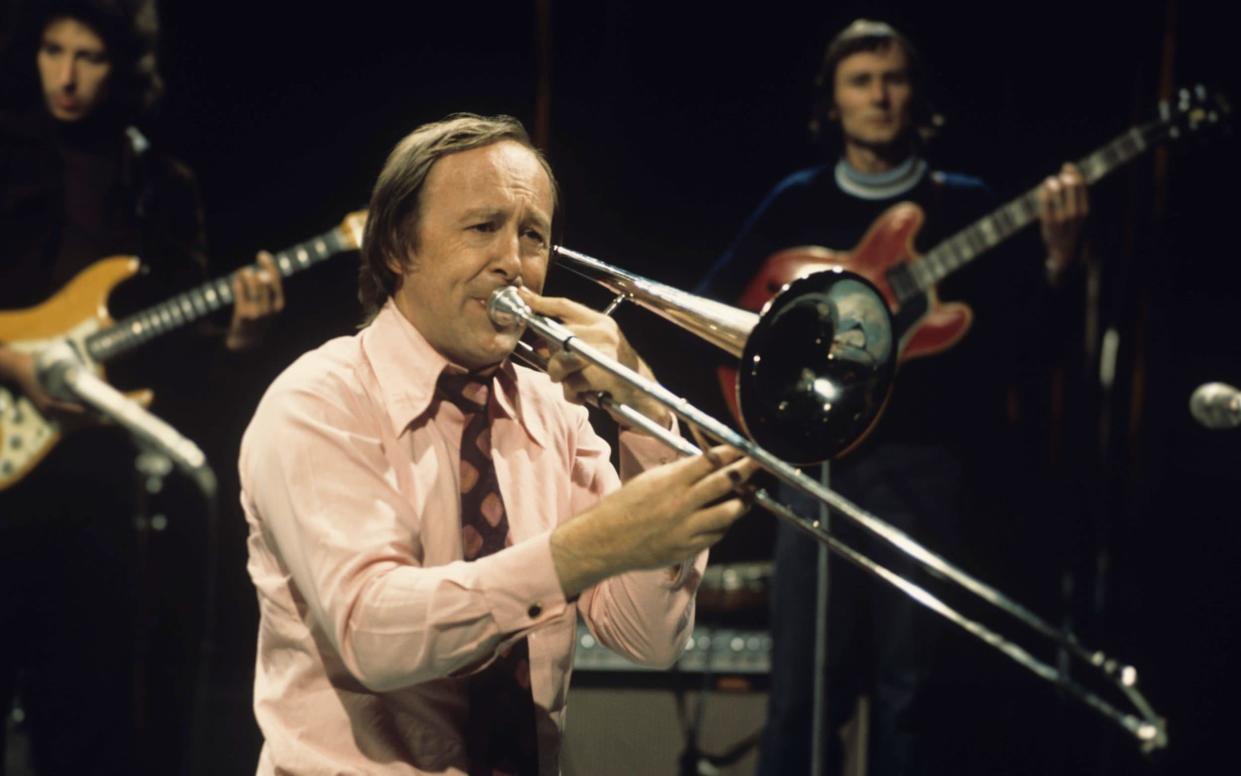
Chris Barber, who has died aged 90, led the world’s most popular and longest-lived traditional jazz band. The unflagging appetite for its music, especially among British and north European audiences, defied every conventional tenet of the entertainment business.
Barber’s enduring success was due partly to his astuteness in broadening his style and adapting judiciously to changing times. These innovations were often ahead of fashion and always the sincere product of his own wide-ranging enthusiasms. It is perfectly feasible to claim that neither the Beatles nor the Rolling Stones would have come into existence had it not been for Chris Barber.
Donald Christopher Barber was born in Welwyn Garden City, Hertfordshire, on 17 April 1930. He showed early musical promise and began learning the violin aged seven. He discovered jazz while at boarding school, began collecting records and eventually bought a trombone.
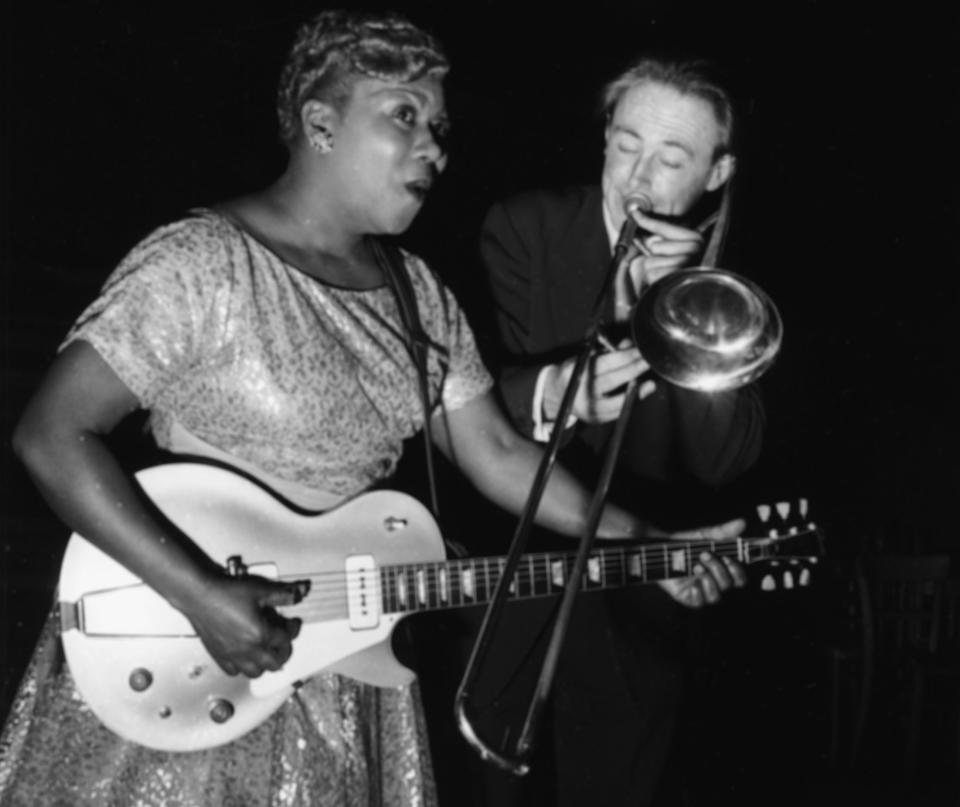
At 18, while studying to become an actuary, he was playing semi-professionally as a member of Beryl Bryden’s Backroom Boys and other short-lived groups. He formed his first band the following year. Between 1951 and 1954, he studied trombone and double bass at the Guildhall School of Music while playing jazz professionally.
In 1953, the trumpeter Ken Colyer returned from a musical pilgrimage to New Orleans and was offered nominal leadership of Barber’s band. The arrangement proved popular with audiences and even produced a minor hit record with a version of The Isle Of Capri, but Colyer’s New Orleans fundamentalism and Barber’s more eclectic approach were incompatible and Colyer left after a year. To replace him, Barber recruited Pat Halcox, beginning a remarkable partnership that was to endure for 54 years.
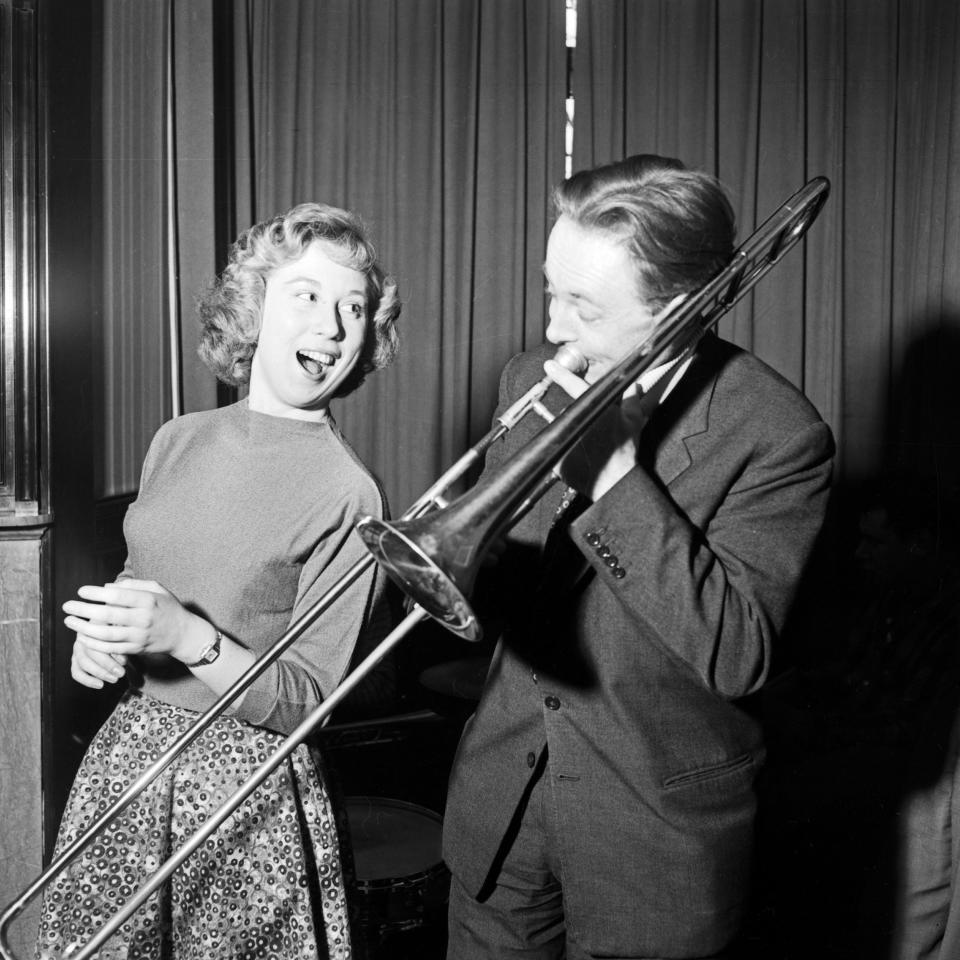
The “classic” Chris Barber band was now complete, consisting of Halcox, Barber, the clarinettist Monty Sunshine, bassist Jim Bray, drummer Ron Bowden and Lonnie Donegan on banjo and guitar. At first they played mainly at the jazz clubs that were springing up everywhere, most often in the back rooms of pubs. A typical night at one of these, with the Barber band performing, is depicted in a short film, Momma Don’t Allow, made in 1955 and readily accessible online.
Barber’s first album, New Orleans Joys (a 10 in LP), had been released by then. It sold 60,000 copies in the first year, The success of one number, however, surpassed everyone’s wildest expectations. This was Rock Island Line, by a band-within-the-band called the Skiffle Group, consisting of Donegan, singing and playing guitar, Barber playing bass and Beryl Bryden scraping a washboard. This single piece sparked a nationwide craze for forming amateur skiffle groups, one of which was the future Beatles.
Donegan left to pursue his career as a solo entertainer, while Barber went on to enjoy great popularity as a leading figure of the late-Fifties trad boom. The band had several hit records, including Bobby Shaftoe, Whistling Rufus, Petite Fleur and Hushabye, the last two being features for Monty Sunshine’s clarinet. He, too, left to become a bandleader on his own account.
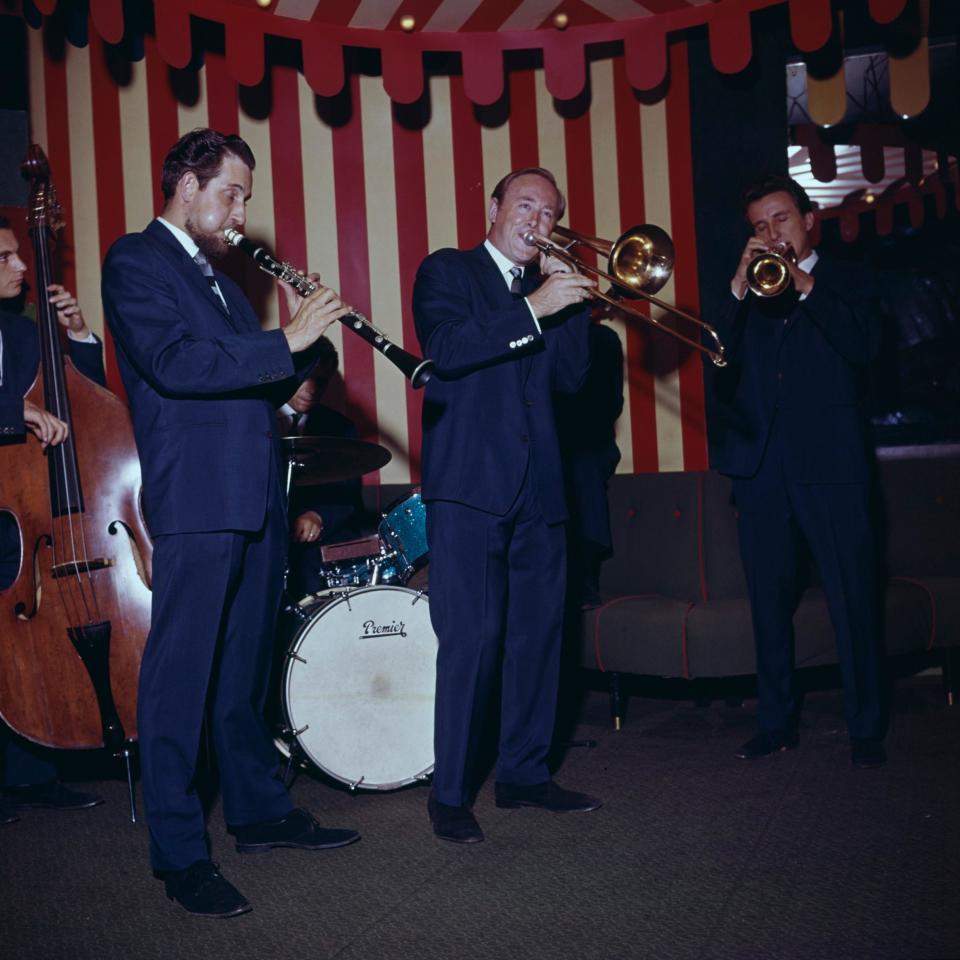
Early in 1955, the band acquired an additional attraction in Ottilie Patterson, a former schoolteacher, whose deep, powerful voice, startlingly reminiscent of the “Empress of the Blues”, Bessie Smith, made a bewildering contrast with her demure appearance. The effect was further complicated by the accents of her native Co Down, which surfaced from time to time. She married Barber, becoming his second wife, in 1959. They divorced in 1983.
The popular craze for trad jazz ended abruptly with the arrival of the Beatles, and few bands survived the change in fashion. Barber, however, went from strength to strength. He began importing prestigious American artists to tour with the band as guest stars.
These included not only jazz instrumentalists, but also blues and gospel singers. Many semi-legendary figures, such as Louis Jordan and Sister Rosetta Tharpe, made their first European appearances under Barber’s aegis.
It was Barber who first introduced British audiences to Muddy Waters, doyen of the Chicago blues, thus sowing the seeds of the rhythm-and-blues movement of the Sixties, which in turn produced the Rolling Stones.
Throughout the 1970s and 1980s, the band, now called Chris Barber’s Jazz and Blues Band, continued touring the world, always playing to packed houses. To be a member of it was generally considered to be the best job in jazz.
Barber was in the enviable position of being able to being able to do whatever he liked, whenever he liked. A motor racing enthusiast, the decreed that the band were not available during the Formula One season, and neither would they work over the Christmas and New Year period.
Other bandleaders of his vintage tended to play an unvarying programme of their hits and old favourites, but throughout his career Barber approached each tour or recording as a fresh project. Notable among these were Echoes of Ellington (1976), in collaboration with some former Duke Ellington musicians, and Take Me Back To New Orleans (1981), with the pianist and singer Dr John. There was a work for jazz band and symphony orchestra (1989) and a Concerto for Jazz Trombone and Orchestra (1990).
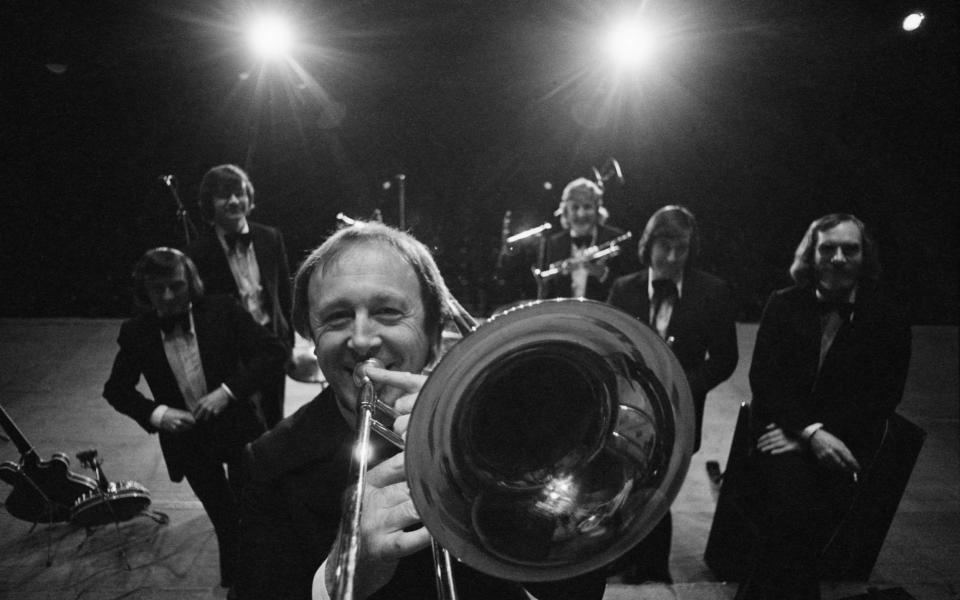
Such undertakings were not natural crowd-pleasers, but the crowds continued to come and were unfailingly pleased. The band’s 40th anniversary tour, in 1994, continued into its 42nd year, so great was the demand.
In 2002 the band took its final form, by adding three players and becoming the 10-piece Big Chris Barber Band. Like all his projects, this was based on a personal enthusiasm, in this case for the jazz of the 1930s, Ellington’s in particular. Musicians with special understanding of the period were chosen and everything meticulously planned. The result was not only authentic but vastly entertaining.
Chris Barber was appointed OBE in 1991. His autobiography, Jazz Me Blues (written with Alyn Shipton) was published in 2014.
He was married four times, his first three marriages ending in divorce. (Ottilie Patterson died in 2011.) He had a son and a daughter from his third marriage.
Chris Barber, born April 17 1930, died March 2 2021

 Yahoo News
Yahoo News 
